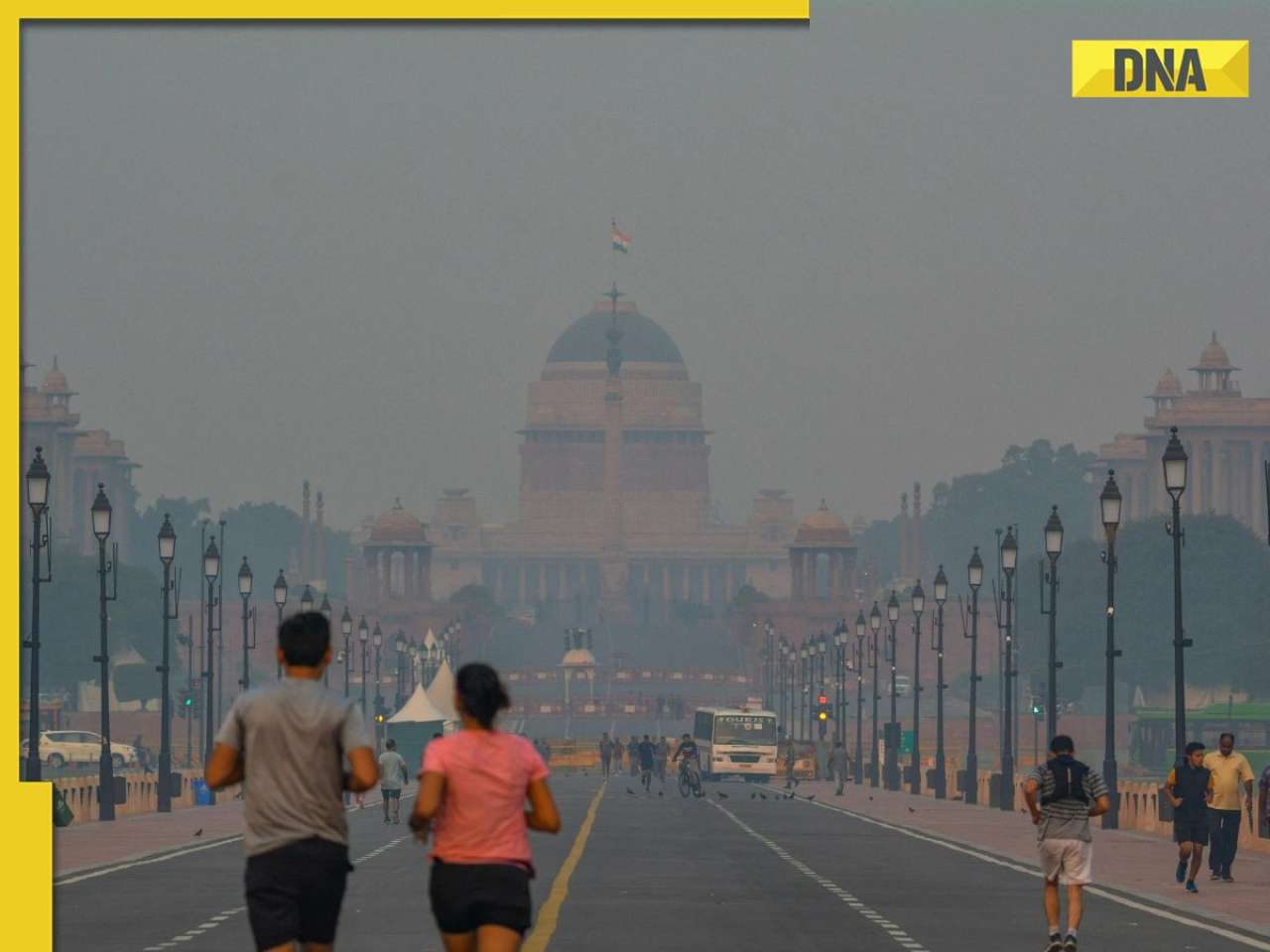- LATEST
- WEBSTORY
- TRENDING
LIFESTYLE
Eye Flu in India: All you need to know about these 5 types of conjunctivitis
The current prevalent form of conjunctivitis is primarily an acute viral infection that follows its own course of progression, although there are various types of conjunctivitis caused by bacteria, viruses, or allergies.
TRENDING NOW
Conjunctivitis, commonly known as "eye flu," is a prevalent eye infection in India and around the world. It affects the conjunctiva, a thin, transparent layer covering the white part of the eye and the inside of the eyelids. Eye flu is highly contagious and can spread rapidly, particularly in crowded places and among children. In this article, we will explore the five types of conjunctivitis commonly seen in India, their symptoms, causes, treatment, and preventive measures.
Viral Conjunctivitis:
Viral conjunctivitis is the most common type and is caused by a virus, often the same virus responsible for the common cold. It is highly contagious and can spread through direct contact with an infected person or by touching surfaces contaminated with the virus. Symptoms include redness, watery discharge, itchiness, and sensitivity to light. There is no specific treatment for viral conjunctivitis, and it usually resolves on its own within 1 to 3 weeks. However, symptomatic relief can be achieved through lubricating eye drops and cold compresses.
Bacterial Conjunctivitis:
Bacterial conjunctivitis is caused by bacteria and is characterized by eye redness, sticky discharge, and a gritty sensation in the eyes. It can spread through direct contact or by sharing personal items with an infected individual. Antibiotic eye drops or ointments are typically prescribed to treat bacterial conjunctivitis. It is crucial to complete the full course of antibiotics to prevent recurrence and antibiotic resistance.
Allergic Conjunctivitis:
Allergic conjunctivitis is triggered by allergens such as pollen, dust mites, pet dander, or certain chemicals. It is non-contagious and usually affects both eyes. Symptoms include intense itching, redness, and excessive tearing. Avoiding exposure to allergens and using antihistamine eye drops can provide relief. In severe cases, an eye specialist may prescribe corticosteroid eye drops.
Chemical Conjunctivitis:
Chemical conjunctivitis is caused by exposure to irritants or chemicals, such as chlorine in swimming pools, smoke, or cleaning agents. It can also result from accidental splashes of hazardous substances. Symptoms include severe eye redness, pain, and watery discharge. Immediate flushing of the eyes with clean water is crucial in such cases. Seek medical attention promptly, as certain chemicals can cause serious damage to the eyes.
Giant Papillary Conjunctivitis (GPC):
GPC is a less common form of conjunctivitis characterized by the formation of large bumps (papillae) on the inner surface of the eyelids. It is often associated with the prolonged use of contact lenses or ocular prosthetics. Symptoms include itching, redness, mucus discharge, and discomfort while wearing contact lenses. Treatment involves discontinuing lens wear and using prescribed eye drops to reduce inflammation. In some cases, switching to a different type of contact lens may be necessary.
Also read: Conjunctivitis: Can wearing dark glasses prevent eye flu from spreading?







)





























































